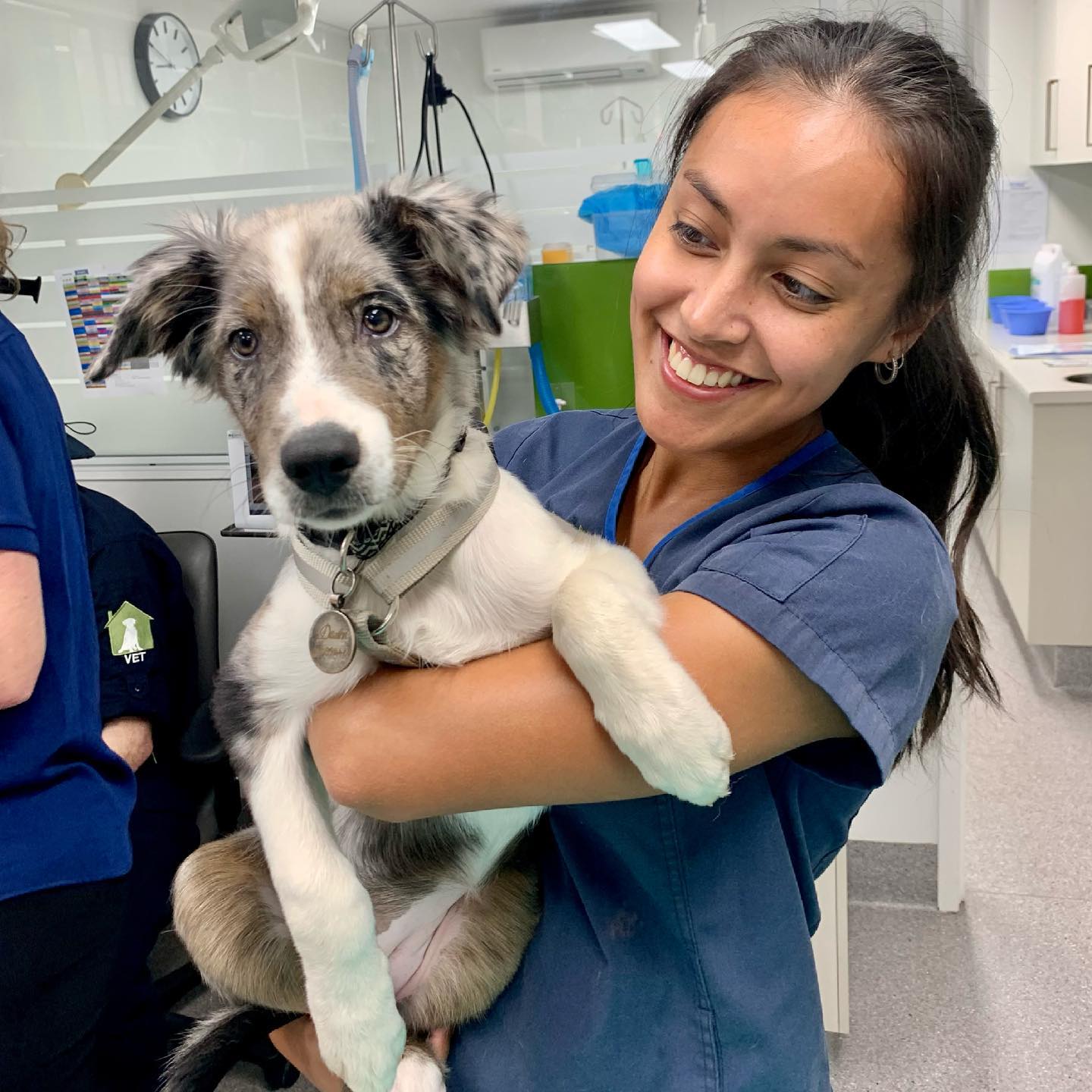Prevent Tick-Borne Disease
Sunny skies, warm days and views to die for, it is no wonder that pet owners across Australia love to spend time with their pet outdoors. However, Australia is home to a brown dog tick that carries the disease Ehrlichiosis.
While this term is a mouthful, it is worth taking the time to learn as this tick-borne disease can be fatal if not properly identified and treated. It is a bacterial infection that infects the cells of the immune system and leads to a wide range of symptoms which can make it hard to diagnose.
What is Ehrlichiosis?
First seen in the 1970s, Ehrlichiosis was recognised as a significant and serious illness after the infection and death of military dogs returning home from the Vietnam war. Ehrlichiosis is an infection cause by Ehrlichia Canis, a bacteria that attacks a pet’s blood cells, and eventually progressing into a chronic infection.
This disease was first detected in Western Australia in May 2020 and has travelled to domesticated dogs in most of the Northern Territory and Northern South Australia. In July 2021, a Queensland dog was also found to carry the disease after travelling though Western Australia and the Northern Territory.
As a serious and fatal disease, it is crucial to understand the signs and symptoms, so you are able to get your pet the best treatment as soon as possible.

Signs and Symptoms of Ehrlichiosis
Occurring in pets who have been bitten by an infected tick, there are a number of signs of an Ehrlichiosis infection and can be broken down into 3 stages.
Acute – Early Disease
This is the stage where many symptoms are seen, and fortunately when many dogs are treated. Lasting 2 – 4 weeks, some dogs are able to fight and eliminate the infection, but if left undiagnosed and untreated pets will head into the subclinical phase.
Symptoms of Ehrlichiosis include:
- Bleeding from the nose
- Bleeding onto the lungs
- High body temperature and fever
- Lack of appetite and weigh loss
- Swollen lymph nodes
- Neurological disturbances
Sub Clinical – No Outward Signs of Infection
While still suffering from infection at a laboratory level, many pets will no longer exhibit any symptoms or outward signs of Ehrlichiosis. Sometimes, pets may pass through the acute phase without knowing their companion is sick.
Due to a lack of clinical signs, this is often referred to the worst stage as the disease goes undetected and left untreated until it is too late. One of the only hints that a pet is infected during this stage is when a blood sample is drawn and experienced prolonged bleeding from the puncture site. Much like the acute stage, some dogs are able to fight off the infection, but without treatment from veterinary professionals, they are likely to enter the next stage, clinical ehrlichiosis.
Clinical or Chronic – Long standing infection
The final stage of ehrlichiosis occurs when a pet is unable to fight the infection and eliminate the infecting bacteria. At this stage a pet is unable to create blood cells required to fight infection and survive. Here pets are likely to develop a host of additional symptoms including:
- Anaemia
- Spontaneous bleeding
- Lameness
- Swollen limbs
- Eye Problems
- Neurological Problems


Treating Ehrlichiosis
Antibiotics are the primary treatment of an Ehrlichiosis infection and additional medications may be prescribed depending on the symptoms and their severity. These are often administered over four weeks and are quite effective at treating the infection. Pets who suffer from severe blood loss and anaemia may require a blood condition, however this only works to treat the symptoms and not the underlying disease.
No owner wants to see their pet suffer! If you feel your companion is ill, displaying symptoms as described above or suspect they have been bitten and exposed to this disease, contact your vet to discuss diagnosis and treatment. This is the best chance to eliminate illness and ensure they get the best care possible for a full and speedy recover.
Ways To Prevent Ehrlichiosis
While there is no vaccine to prevent ehrlichiosis, there are a number of ways to protect your pet and prevent ticks bites. Tick exposure occurs year round but are most active during the warmer months (September to February).
Before you go outdoors it is important to know where to expect ticks. Ticks, such as those who carry this deadly disease, live in grassy, busy and wooded areas and spending time outdoors with your pet can bring them into close contact with ticks. By avoid heavily busy areas and keeping your yard clean helps to ensure that you and your pet do not get ticks.
After your outdoor adventures, thoroughly checking your pet and yourself for any ticks is crucial. Any ticks that is found should be removed immediately to prevent any breading and additional risk if bites. Full body checks should includes under the arms, in and around the ears, under the collar, between the back legs, around the tail and around the eyelids. Topical treatments, tablets and tick collars are also effective when it comes to preventing tick bites.

Protect Your Pet
Ehrlichiosis is one of several serious tick-borne diseases, that can prove to be fatal if left untreated. One of the best ways to guard your pet’s health against Ehrlichiosis is to understand the signs, symptoms, treatment and preventative measure. by avoiding ticks, and keeping your pet on year round tick prevention medications.
At The House Call Vet, we help you determine a treatment and preventative routine that works best for you and your pet. If you are concerned about your beloved companion’s health, get in touch today, and we are happy to assist.
Standard Clinic Consult are from 8am to 6pm and our House Call Consults are from 7 am to midnight. Open 7 days a week, we are there for you and your pet, no matter what level of care they need.

